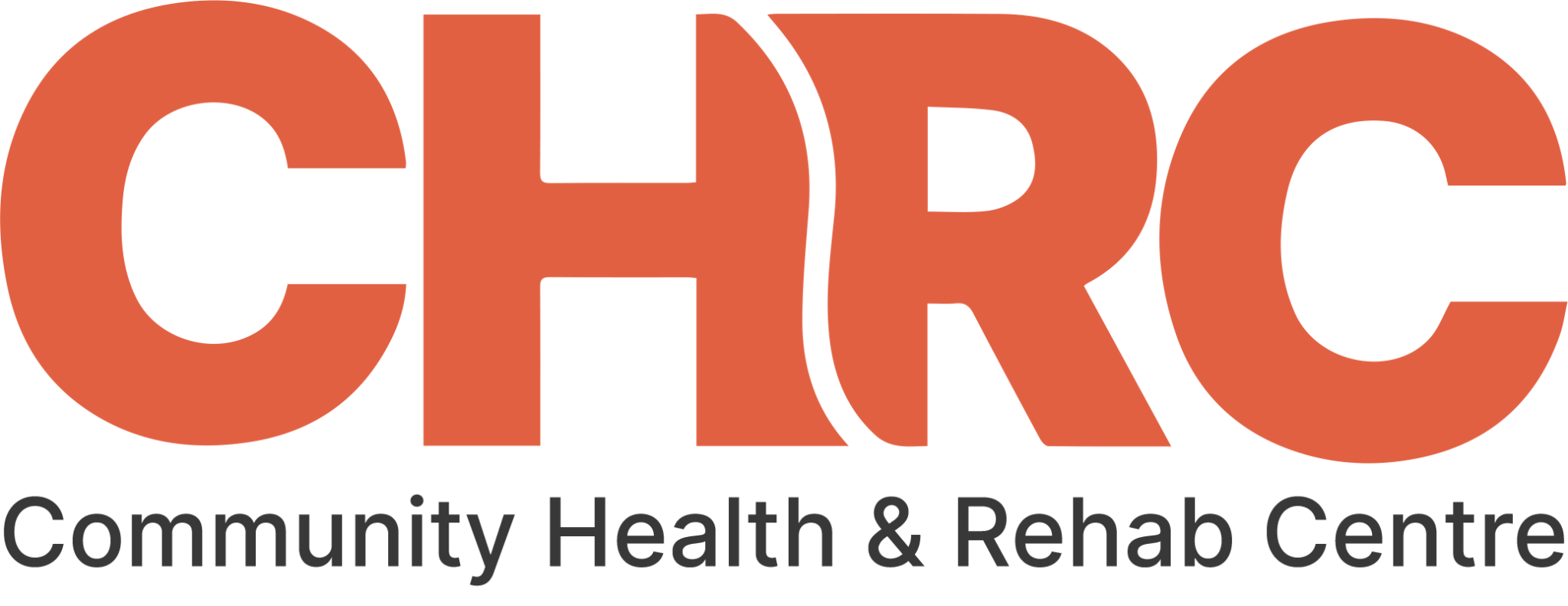Lower back pain is a condition affecting millions of people worldwide, causing discomfort, disability, and reduced quality of life. While various treatments exist, chiropractic care has gained recognition for its effectiveness in managing lower back pain.
Understanding Lower Back Pain
Lower back pain is a multifaceted condition stemming from various factors, including musculoskeletal issues, spinal misalignment, poor posture, injury, and lifestyle factors. It can show up as acute or chronic pain, ranging from mild discomfort to severe debilitation. The lumbar spine’s intricate structure, composed of vertebrae, discs, muscles, ligaments, and nerves, makes it susceptible to dysfunction and pain.
The Chiropractic Approach to Lower Back Pain
Chiropractic care is a non-invasive, drug-free healthcare discipline focused on diagnosing and treating musculoskeletal disorders, particularly those related to the spine. Chiropractors employ a holistic approach, emphasizing manual techniques to restore spinal alignment, improve joint function, and alleviate pain. The central premise of chiropractic care revolves around the concept that proper spinal alignment facilitates the body’s innate ability to heal itself.
How Chiropractic Adjustments Work
Chiropractic adjustments, or spinal manipulations, are the cornerstone of chiropractic treatment for lower back pain. These manual techniques involve applying controlled force to specific spinal joints, aiming to restore mobility, reduce inflammation, and alleviate pain. By realigning the spine, chiropractors alleviate pressure on nerves, promote proper posture, and enhance overall spinal function. Additionally, chiropractic care may incorporate complementary modalities such as soft tissue therapy, therapeutic exercises, and ergonomic advice to optimize outcomes.
Benefits of Chiropractic Care for Lower Back Pain:
- Pain Relief: Numerous studies have demonstrated chiropractic care’s effectiveness in reducing lower back pain intensity and frequency. Spinal adjustments target the root cause of pain, providing immediate relief and long-term improvement in symptoms.
- Improved Functionality: Chiropractic interventions enhance spinal mobility, muscle flexibility, and joint function, enabling individuals to perform daily activities with greater ease and efficiency.
- Prevention of Recurrence: By addressing underlying spinal misalignments and biomechanical imbalances, chiropractic care will help prevent the recurrence of lower back pain episodes, promoting long-term spinal health.
- Reduced Dependence on Medications: Unlike medicinal interventions, chiropractic care offers a drug-free approach to pain management, reducing the reliance on pain medications and their associated side effects.
- Enhanced Quality of Life: Alleviating lower back pain through chiropractic care can significantly improve patients’ quality of life by restoring mobility, reducing disability, and enhancing overall well-being.
Evidence Supporting Chiropractic Care
Numerous clinical studies and systematic reviews have evaluated the efficacy of chiropractic care for lower back pain. A landmark study published in the Journal of the American Medical Association (JAMA) found that spinal manipulation performed by chiropractors was more effective than conventional medical care for acute lower back pain. Additionally, the American College of Physicians recommends spinal manipulation [https://www.acponline.org/acp-newsroom/american-college-of-physicians-issues-guideline-for-treating-nonradicular-low-back-pain] as a first-line treatment for both acute and chronic lower back pain.
Furthermore, research published in Spine, a leading peer-reviewed journal, demonstrated that chiropractic adjustments combined with exercise therapy yielded superior outcomes compared to exercise therapy alone in patients with chronic lower back pain. These findings underscore the synergistic effects of chiropractic care and therapeutic exercise in managing lower back pain.
Additionally, a systematic review published in the European Spine Journal concluded that chiropractic adjustments were effective in reducing pain and improving function in patients with chronic lower back pain, with no serious adverse events reported. These findings corroborate the safety and efficacy of chiropractic interventions as a conservative treatment option for lower back pain.
Patient-Centered Care
One of chiropractic care’s distinguishing features is its patient-centered approach, emphasizing individualized treatment plans tailored to each patient’s unique needs and preferences. Chiropractors conduct thorough evaluations, including a comprehensive medical history, physical examination, and diagnostic imaging when necessary, to formulate personalized treatment strategies.
Furthermore, chiropractors educate patients about lifestyle modifications, ergonomic principles, and preventive measures to empower them to take an active role in their spinal health. By fostering patient engagement and collaboration, chiropractors promote self-management strategies and long-term adherence to treatment recommendations.
Integration with Multidisciplinary Care
Chiropractic care complements conventional medical management of lower back pain and integrates seamlessly with other healthcare disciplines. Holistic care models involving chiropractors, primary care physicians, physical therapists, and pain specialists offer a collaborative approach to managing complex cases of lower back pain.
Chiropractic care plays a vital role in alleviating lower back pain by addressing underlying spinal dysfunction, restoring mobility, and enhancing overall spinal health. Through evidence-based interventions, patient-centered care, and collaborative approaches, chiropractors empower individuals to effectively manage their lower back pain and improve their quality of life. As an integral component of comprehensive pain management strategies, chiropractic care offers a safe, effective, and holistic approach to addressing the burden of lower back pain.

